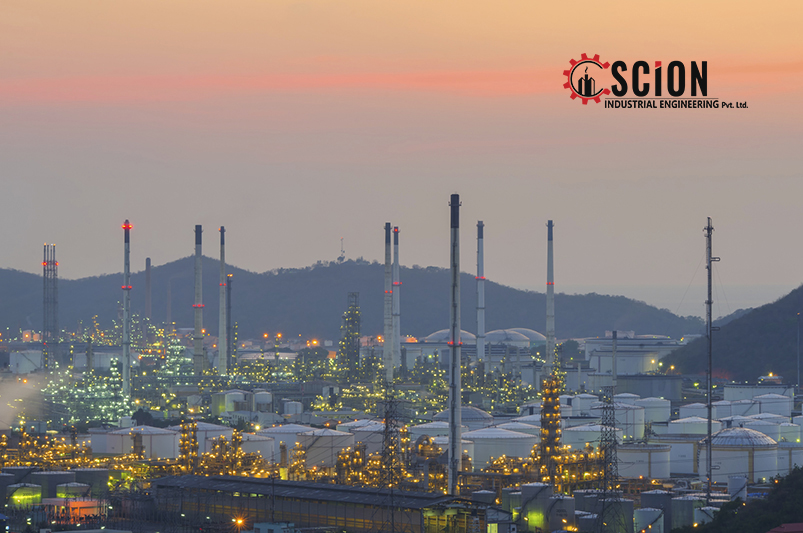The rally in oil prices continued in November. On 7 November, prices hit their highest level since June 2015. Although the surge in oil prices reflects strong fundamentals, they have also been driven up due to increased political tensions in the Middle East. The OPEC oil basket traded at USD 61.6 per barrel on 24 November, a 10.9% increase from the same day in October. Oil prices were up 36.3% over the same day in 2016 and 15.6% from the start of the year, when oil traded at USD 53.3 per barrel.
Oil prices are currently in a sweet spot, buttressed by strong global demand and supply constraints. The global economy continued to expand healthily in recent months amid low unemployment rates, resilient global trade, improved fiscal support and loose financial conditions. Despite some headwinds, global growth is expected to remain resilient in the coming quarters, which will translate into higher demand for the black gold. OPEC and non-OPEC members participating in the oil cap deal continue to deliver; in September, they reached the highest conformity level ever, of 120% (August: 116%). At the 30 November OPEC meeting these key oil-producing countries will likely agree on an extension of the accord well into 2018, to tighten crude supply and support oil prices.
Oil prices were also propelled in November by rising uncertainty in Saudi Arabia, following the sweeping arrests of princes and ministers on corruption charges as Crown Prince Mohammad bin Salman cemented his grip on power. Moreover, the launch of a ballistic missile from Yemen to Riyadh airport by Houthi rebels—who are supported by Iran—led Saudi Arabia to accuse the Islamic Republic of “direct military aggression”, raising the stakes in an already tense standoff between the two regional rivals.
Meanwhile, output declined in October among OPEC members. According to the cartel’s latest Monthly Oil Report, combined oil output in OPEC countries fell slightly from 32.74 mbpd in September to 32.59 mbpd in October, because of lower output in Algeria, Iran, Iraq, Nigeria and Venezuela. Conversely, output increased markedly in Angola and Libya. Crude output in Saudi Arabia increased from 9.98 mbpd in September to 10.00 mbpd in October.
FocusEconomics Consensus Forecast panelists expect oil production in Saudi Arabia to average 9.96 mbpd in 2018. In 2019, our panel of analysts sees crude output rising to 10.23 mbpd.
Source:https://www.focus-economics.com/countries/saudi-arabia/news/commodities/oil-prices-hit-over-two-year-high-in-november-on-strong


